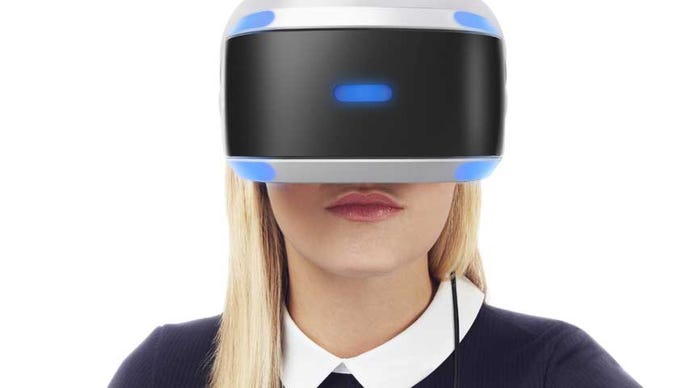What the PlayStation VR processing box does
PlayStation VR requires some serious processing power - but it's not that weird little box that's supplying it.
PlayStation VR was priced and vaguely dated yesterday, and with this revelation came images of the what you get in the box (notably, not a camera).
The headset seems to come with a bazillion cables, but more mysteriously, some sort of external processing unit. Given the high-end PC you need to power virtual reality devices, you'd be forgiven for assuming this box includes a bit of a CPU and GPU boost - but that's not actually the case.
Speaking to GDC attendees in a presentation reported by Eurogamer, Sony senior staff engineer Chris Norden said the box does not provde any extra CPU or GPU power or otherwise expand or upgrade the PS4 in any way.
"The PS4 is perfectly capable of 120Hz all on its own," Norden said.
The PS4 handles all rendering and processing on its own, and the processing unit cannot be accessed by developers.
So what does it actually do? According to Eurogamer's report:
- powers 3D audio
- enables the social screen (VR gameplay displayed on TV for observers and other players)
- enables a totally separate stream of audio and video to the TV
- displays the PS4 interface and 2D content in Cinematic Mode
The full report goes into further detail on each of these functions and how they work. Also, you plug a lot of stuff into it, so there's that.
PlayStation VR releases in October, and pre-order stock is already running short.






.png?width=291&height=164&fit=crop&quality=80&format=jpg&auto=webp)



